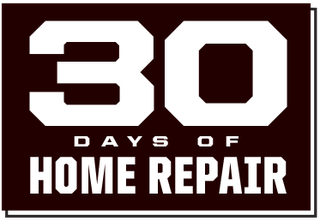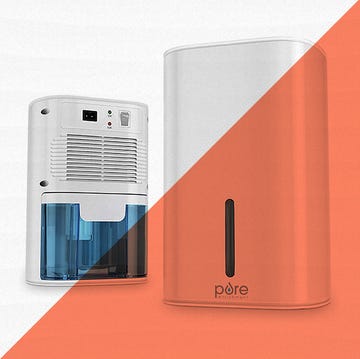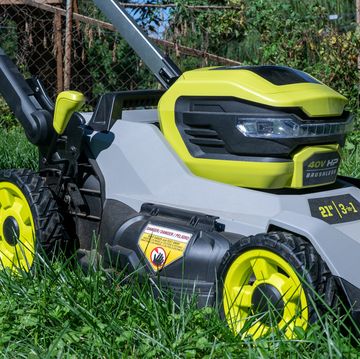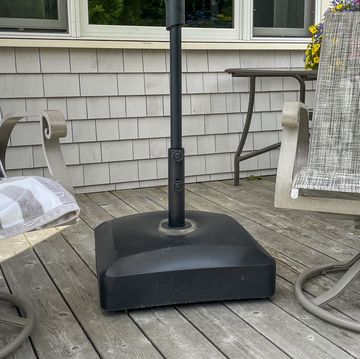Long gone are the days when you could just walk into any hardware store with a car key and walk out with a duplicate—well, you might walk out with one, but it won’t start your car. If you’ve ever tried to get a spare key, you’ve probably already found this out. While some hardware stores may be able to program a modern car key, it’s something most folks end up at their car dealer for—or a locksmith, if you’ve lost a key altogether.
I recently acquired a “new to me” truck that only came with one key. Wanting to avoid the issue of calling a locksmith if I lost it—I’ve been there before, to the tune of $450—I called the dealer to see about getting a spare key. It was a frustrating experience in which I couldn’t be given an exact price, but the key would be about $70, and the programming would probably be about $175? I don’t remember exactly, but I do remember being annoyed about the vague price and the sense it would end up being at least $250. It was almost like they really didn’t want the hassle of selling me a key that would start my truck.
It was at this point I decided to click on one of those Tom’s Key Company ads, telling me I could program my own key and save some money. Which is exactly what I did. All in, it cost me just over $110, including shipping, and getting my new key cut locally. When you purchase the programming kit from Tom’s Key, you also have the option of having them cut your key for an extra $60, with their “Key by Photo” service. As it implies, if you send them a photo of your key, they can use that to make a duplicate.
If you don’t have Tom’s cut your key, you’ll get a key blank sent to you, which you’ll have to get cut locally. Note that depending on the type of key you have, the price can vary widely. A standard key, with jagged edges on both sides, can cost $5-10. A laser cut key—which isn’t cut with a laser, incidentally—is flat on both edges, with a ramped shelf cut in the face, can cost as much as $50 to cut.
Tom’s also has kits for programming cars with proximity keys and push button start. Check the Tom’s Key Company website to see if they offer kits to program a key for your car, as there are some makes and models they don’t support.
The Easy Process Saves You Money
Once I had my key cut, I followed the instructions, and the process took about 15 minutes. For each car the steps might be a little different, but this is basically how works:
Step 1
Look up your exact model in the instruction manual and set the dial on the EZ Installer device to the correct number.
Step 2
Get in the car, close the doors, and use the new key to turn the ignition to the on position.
Step 3
Plug the EZ Installer into your OBD (On Board Diagnostic) port. Refer to your owner’s manual if you don’t know where this is.
Step 4
Push the button on the EZ Installer. It will beep to indicate it has begun to pair with the vehicle.
Step 5
Wait. In about 10 minutes, the EZ Installer will emit an audible alert to indicate the key has been programed.
Step 6
Turn the ignition off, remove the EZ Installer, and test the key.
I’ve used Tom’s Keys to make duplicates for two different vehicles and both times everything worked perfectly. Note that you need to buy a kit for each vehicle—even if you have two identical cars of the same year. The EZ Installer is linked to your car’s vehicle identification number (VIN) and can be used to program up to four keys for that vehicle. While that seems a bit restrictive for the expense, I saved about $150 for each of the two vehicles for which I programmed duplicate keys.
Brad Ford has spent most of his life using tools to fix, build, or make things. Growing up he worked on a farm, where he learned to weld, repair, and paint equipment. From the farm he went to work at a classic car dealer, repairing and servicing Rolls Royces, Bentleys, and Jaguars. Today, when he's not testing tools or writing for Popular Mechanics, he's busy keeping up with the projects at his old farmhouse in eastern Pennsylvania.




















